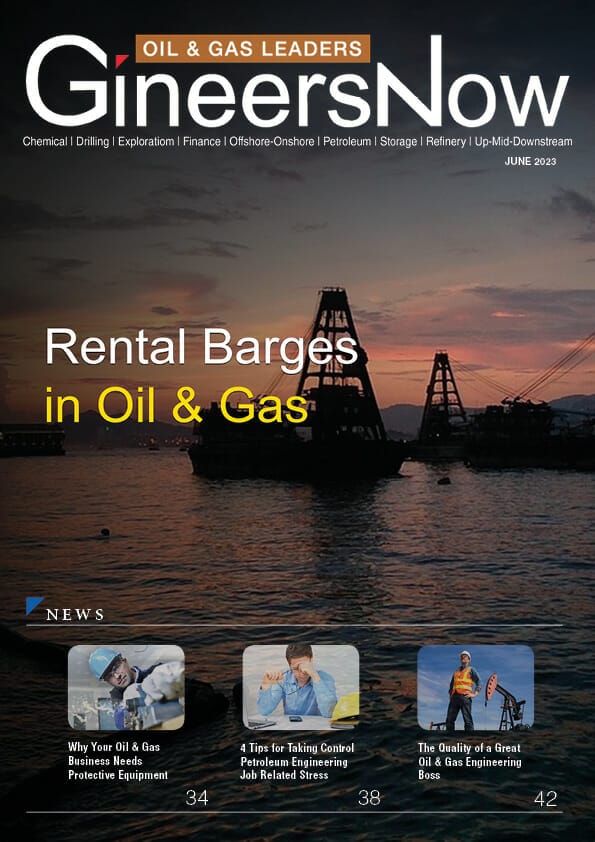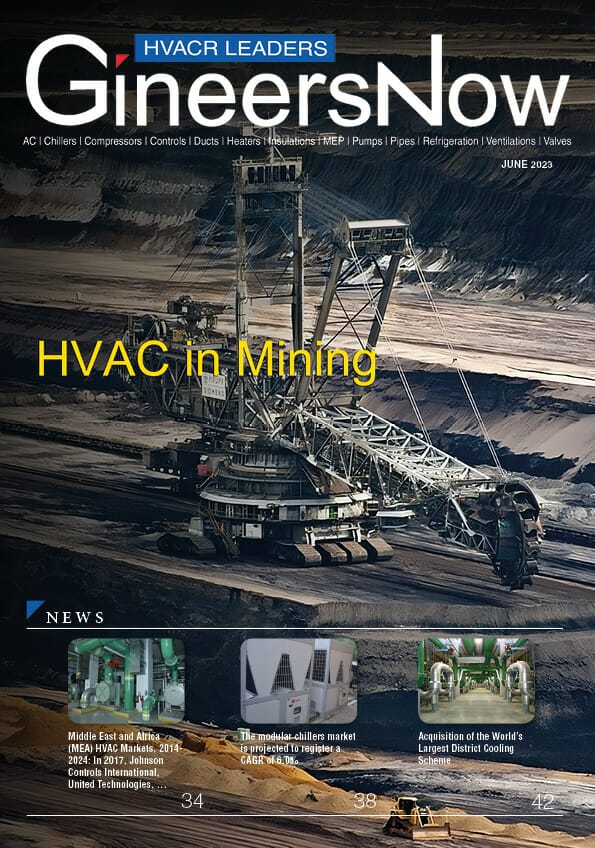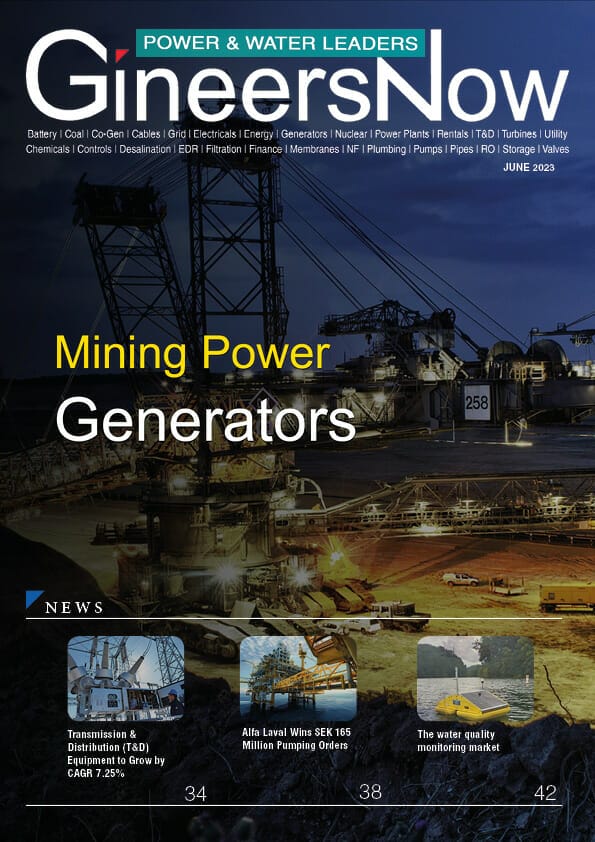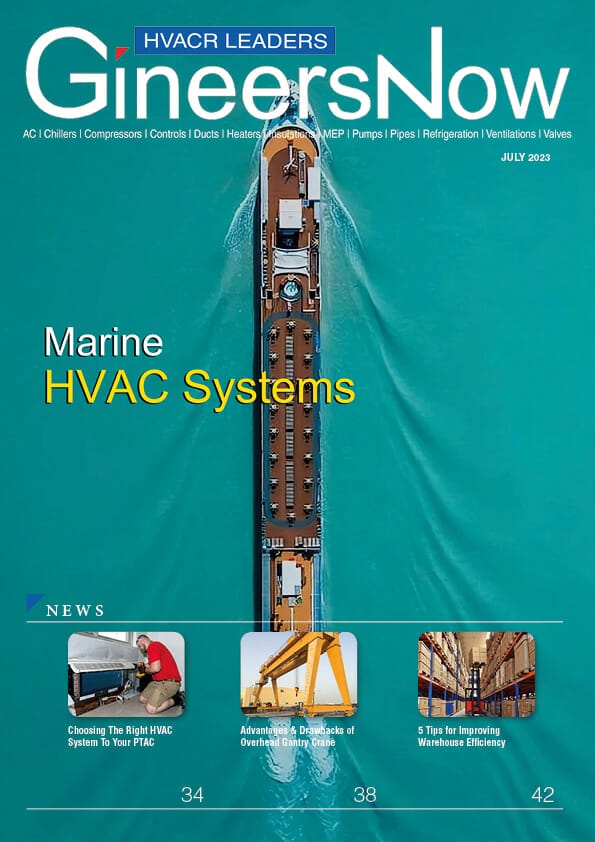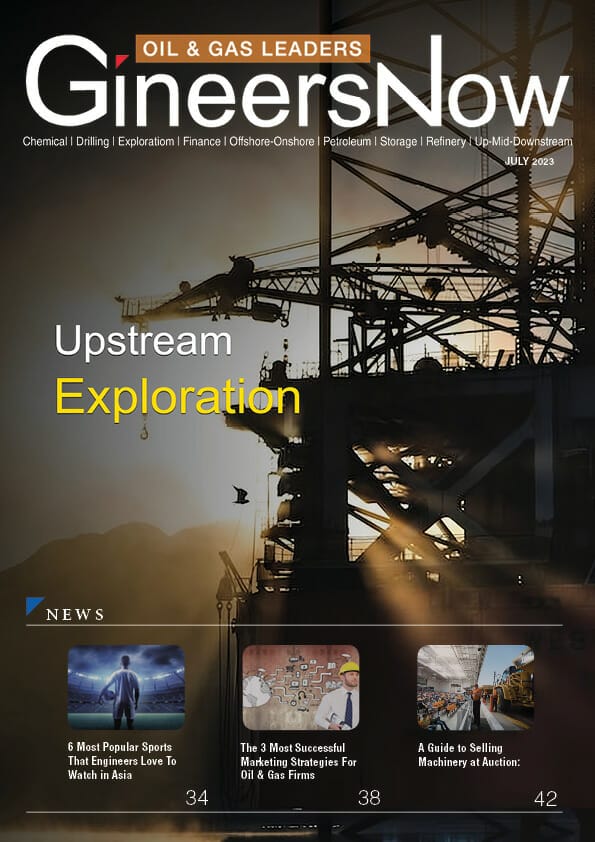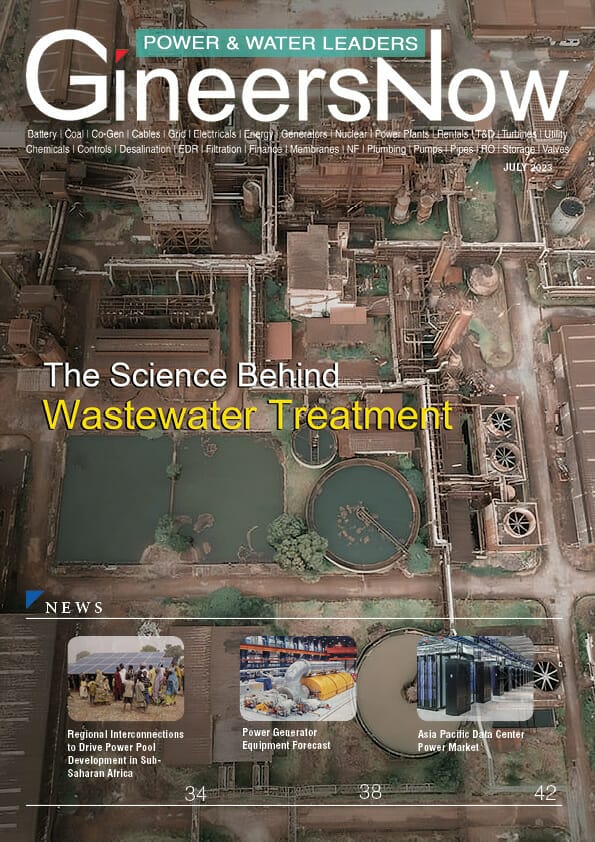With an increasing demand for energy, it has become crucial to find innovative ways of transporting large amounts of oil and gas from one location to another. One such method is through the use of rental barges. These massive vessels have proven to be a reliable and cost-effective means of transporting fuel across oceans, lakes, and rivers.
Rental barges in the Philippines come in different shapes and sizes, each designed to carry specific types of cargo. They are equipped with advanced technology that helps ensure safe transportation while minimizing environmental impact. As our dependence on fossil fuels continues, rental barges play an essential role in keeping our energy supply afloat—quite literally!
Explaining the importance of energy supply in the Philippines
Energy supply is a crucial factor in the development of any country. In the Philippines, energy supply has been a major issue for decades. With increasing population and industrial growth, the demand for electricity has also risen exponentially. However, the energy infrastructure in the country has not kept pace with this demand, leading to frequent power outages.
To tackle this problem, rental barges have been introduced as an alternative source of energy generation in the Philippines. These barges are essentially floating power plants that can be deployed quickly and efficiently to areas experiencing power shortages. They are powered by natural gas or diesel fuel and can generate up to 200 megawatts of electricity.
The importance of rental barges lies in their ability to provide reliable and affordable electricity to remote areas that are not connected to the national grid.
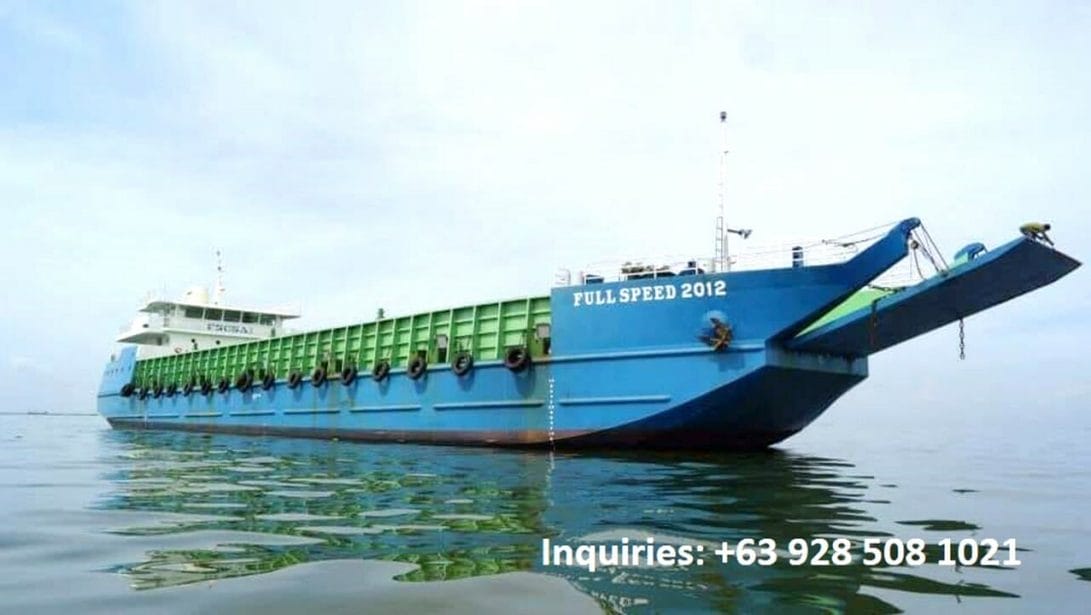
History of rental barges in the Philippines
Rental barges have played a significant role in the Philippines’ maritime industry for decades. These large flat-bottomed boats were originally used to transport heavy cargo such as rice, sugar, and other agricultural products across rivers, lakes, and seas. As trade evolved over time, many people saw the potential of these barges as an alternative means of transportation for tourists and locals.
The use of rental barges in the Philippines started in the 1960s, when foreign tourists began flocking to the country’s beaches. The increasing demand for leisure activities on water led to entrepreneurs renting out these boats as floating homes or cottages that can be navigated towards popular destinations such as Boracay Island or Palawan’s El Nido. This became a hit among backpackers who wanted to explore the country’s hidden gems without breaking their budget.
How rental barges came about and their purpose in the oil and gas industry
Rental barges have become increasingly popular in the oil and gas industry in the Philippines as they offer a cost-effective and efficient solution for offshore operations. These barges are typically rented by oil and gas companies for drilling, exploration, production, and maintenance activities. They come equipped with all the necessary equipment, such as cranes, generators, accommodation facilities, and storage tanks.
The concept of rental barges dates back to the early 1900s when they were used primarily for the transportation of goods along rivers and canals. However, with advancements in technology and engineering, these barges have evolved to become multi-purpose vessels that can be customized to meet specific requirements. Rental barges now play a crucial role in supporting the growth of the oil and gas industry in the Philippines by providing a flexible option for offshore projects.
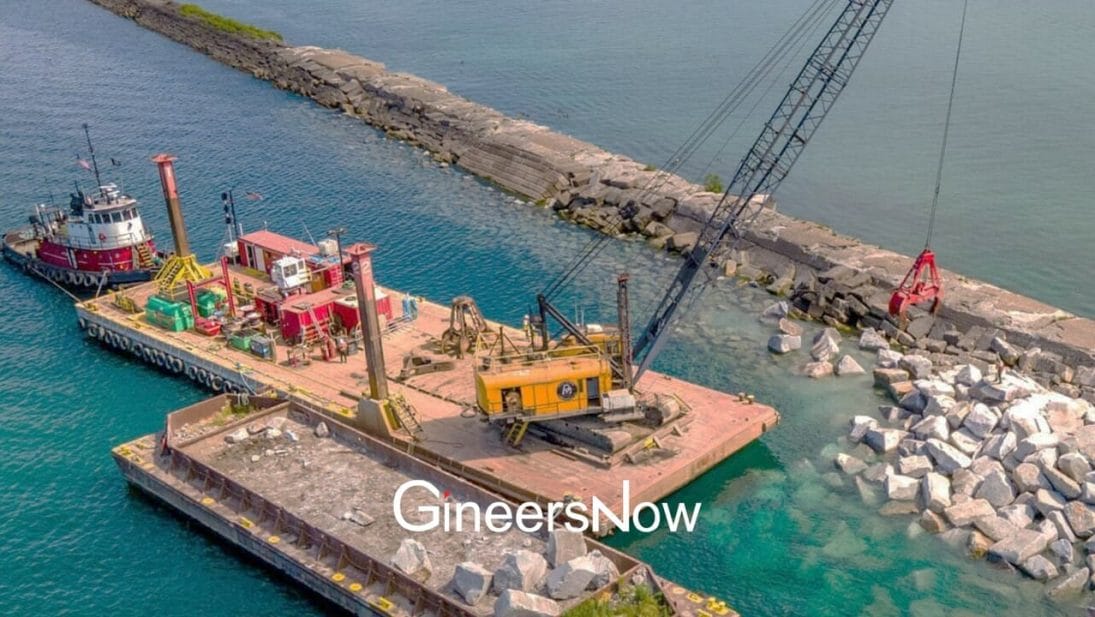
Advantages of rental barges in the Philippines for the oil and gas industry
The Philippines’ oil and gas industry has been experiencing steady growth over the years, with more local and foreign companies venturing into the sector. One of the critical aspects of this industry is transportation, specifically moving equipment and materials from one location to another. In this regard, rental barges have become a popular option for several reasons.
Firstly, rental barges provide an affordable solution for transporting heavy equipment and materials. Compared to other modes of transportation, such as helicopters or cargo planes, renting a barge is considerably cheaper. This cost-effectiveness enables companies to save on transportation expenses while still ensuring the timely delivery of their goods.
Secondly, rental barges offer flexibility in terms of route planning and scheduling. As they are not confined to specific routes or schedules like commercial vessels, companies can customize their transport plans according to their needs.
Flexibility, cost-effectiveness, and mobility of rental bargest in the Philippines’ oil and gas
The oil and gas industry in the Philippines has been growing rapidly over the years, creating a demand for rental barges that can be used for various purposes, including drilling operations, exploration endeavors, and the transportation of equipment. One of the main advantages of using rental barges is their flexibility to operate in different locations with ease. They can be moved quickly from one location to another, depending on operational requirements.
Another advantage of rental barges is their cost-effectiveness compared to buying or building new ones. Rental companies offer competitive prices for their services and provide well-maintained vessels equipped with advanced technology and safety features. This reduces maintenance costs and capital expenditures for oil and gas companies seeking to enter new markets or expand existing operations in the Philippines.
Lastly, rental barges offer mobility that cannot be achieved by other means, such as fixed platforms or onshore infrastructure.
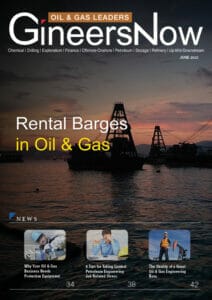
Types of rental barges in the Philippines
The Philippines, being an archipelago of 7,641 islands, is known for its beautiful beaches and clear blue waters. With all these bodies of water surrounding the country, it’s no surprise that rental barges are becoming increasingly popular among tourists looking to explore the Philippine seas. There are various types of rental barges available in the country that cater to different needs and preferences.
Firstly, there are party boats or floating bars that can accommodate large groups of people who want to have a fun-filled day on the sea. These boats usually come with a sound system and party lights, making them perfect for hosting events such as birthdays or team-building activities.
Secondly, there are houseboats suited for those who prefer a more laid-back experience while still enjoying the beauty of nature. These boats offer comfortable accommodations complete with basic amenities such as kitchenettes and bathrooms.
Different types for various energy needs
Rental barges are a popular choice for various energy needs. Whether it is to transport goods, drill oil offshore, or provide power during an event, there are different types of rental barges available to suit specific requirements. These barges come in different sizes and capacities and can be customized according to the needs of the customer.
One type of rental barge is a deck barge, which features a flat surface that can carry large equipment or cargo. These barges are commonly used for transporting heavy equipment or building materials and can be fitted with cranes or other machinery to aid in loading and unloading. Another popular type is a spud barge, which has spuds (vertical steel posts) that allow it to anchor securely in place without the need for traditional mooring lines. Spud barges are often used for construction projects or as platforms for drilling operations.
Examples of rental barges for oil and gas in the Philippines
Rental barges are essential for the oil and gas industry in the Philippines. These versatile vessels can transport equipment, supplies, and personnel to offshore drilling platforms. Rental barges come in different sizes and configurations to meet the specific needs of the industry.
One example of a rental barge used in the Philippine oil and gas industry is the flat-top barge. Flat-top barges have a large open deck space that allows for easy loading and unloading of heavy equipment such as drilling rigs, cranes, or pipes. They also have strong winches that can handle heavy loads and secure them during transport.
Another example of a rental barge commonly used in the Philippines is a jack-up barge. Jack-up barges are unique because they can be raised or lowered by hydraulic jacks, which extend from their legs onto the seafloor.
Highlighting successful projects using rental barges
The oil and gas industry in the Philippines has seen significant growth over the years. With increasing demands for energy, there is a need for efficient transport of oil and gas products to different regions across the country. One of the solutions that have proven successful is renting barges for transportation.
A few notable projects that used rental barges for their operations include a natural gas project in Batangas City and an offshore drilling project in Palawan. In Batangas City, rental barges were used to transport natural gas from an onshore facility to a power plant located 40 kilometers away. The use of rental barges eliminated issues related to road transport, including traffic congestion and damage caused by rough terrain.
In Palawan, rental barges played a significant role in transporting equipment and personnel to offshore drilling sites.
Future outlook of rental barges in the Philippines
The rental barge industry in the Philippines has been growing steadily over the past few years, and experts predict that this trend will continue into the future. This is due to a number of factors, such as the country’s location, which makes it an ideal hub for shipping and logistics, as well as its untapped potential for tourism.
One of the main drivers of growth in the rental barge industry is the increasing demand for cargo transportation services. As global trade continues to expand, so does the need for efficient and reliable shipping solutions. Rental barges are a cost-effective alternative to traditional vessels, making them an attractive option for businesses looking to cut down on transportation costs.
Another key factor driving growth in this industry is tourism. The Philippines has some of the most beautiful islands in Southeast Asia and is home to numerous unexplored beaches and dive sites.
Potential growth in the use of rental barges
The oil and gas industry in the Philippines is one of the most significant contributors to the country’s economy. As extraction activities continue to grow, there is a need for efficient transportation and storage of petroleum products. This demand has created an opportunity for rental barge services in the country.
Rental barges are vessels designed to transport heavy equipment, such as drilling rigs, and provide temporary accommodations for workers. These barges can be used as offshore platforms or anchorages in areas where building permanent structures is not feasible. With their versatility and cost-effectiveness, rental barges can significantly increase operational efficiency for oil and gas companies.
According to industry experts, there is a potential for substantial growth in the use of rental barges in the Philippines. The government’s push towards energy self-sufficiency will further increase exploration activities in remote areas, which require transport infrastructure that traditional ports cannot offer.
Benefits of rental barges in energy supply in the Philippines
The Philippines is one of the developing countries in Southeast Asia that has been experiencing a high demand for energy supply over the years. With its growing population and economy, the need for reliable and affordable electricity is crucial. One solution to address this issue is through rental barges.
Rental barges are floating power plants that can be leased by private companies or government agencies to provide electricity in remote areas or during emergency situations. These barges are equipped with high-efficiency generators that use clean fuels such as natural gas, diesel, or liquefied petroleum gas (LPG). This makes them an environmentally friendly option compared to traditional power plants that rely on coal or oil.
Another benefit of rental barges is their mobility. They can easily be transported from one location to another, depending on where they are needed most.
Read GineersNow Oil & Gas Magazine for FREE
Final Thoughts: How Rental Barges Keep Our Energy Supply Afloat
In conclusion, the rental barges in the Philippines provide a cost-effective and efficient solution for oil and gas companies seeking to explore and extract resources in the region. With its favorable location, skilled workforce, and advanced infrastructure, the Philippines has become a go-to destination for international corporations looking to expand their operations. Additionally, by choosing rental barges over purchasing their own vessels, companies can save on maintenance costs and focus on their core business functions. Ultimately, it is clear that rental barges play a crucial role in the success of oil and gas exploration in the Philippines. If you are an oil or gas company looking to explore this region, consider renting one of our top-quality barges today!
Editor’s Note
Rental barges in the Philippines play a significant role in maintaining an uninterrupted energy supply across the world. These vessels, primarily used to transport goods over waterways, are now being repurposed as floating power plants that generate electricity for regions that have limited access to traditional power grids. The rental barge industry has seen impressive growth in recent times due to its cost-effective, efficient, and eco-friendly approach to electricity generation.
In this article, we will delve deeper into how rental barges are revolutionizing the energy sector and keeping our energy supply afloat. We will explore their advantages over traditional land-based power plants and discuss some notable examples of rental barge projects around the world. So let’s set sail on this journey of discovery!
Rental barges in the Philippines have proven to be a cost-effective and efficient solution for oil and gas companies looking to transport equipment and personnel to offshore drilling sites. With their strategic location and experienced crews, rental barge services have become an integral part of the oil and gas industry in the region. The country’s government and private sector have recognized the potential of this industry and are investing heavily in its growth. As demand for energy continues to rise, rental barge services will play an increasingly vital role in meeting that demand. We encourage companies operating in the region to explore these services further and take advantage of the many benefits they offer.


